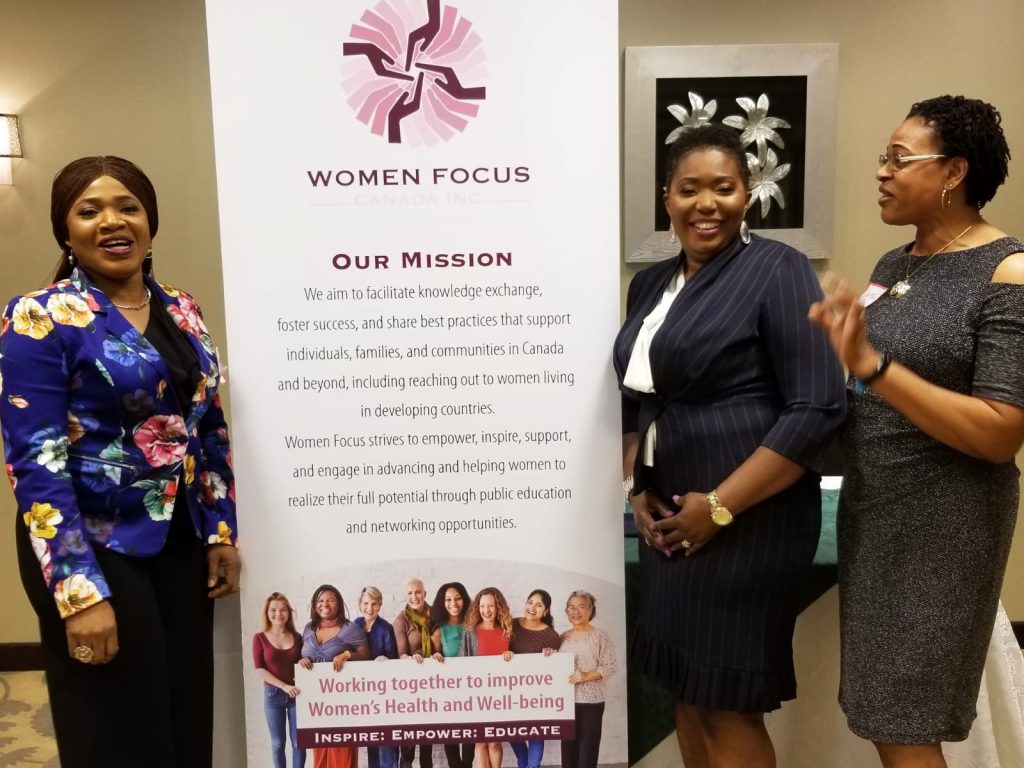Women Focus Canada’s mission is to relieve poverty by providing basic needs to those that are most vulnerable in Canada and by removing barriers for basic human necessities that will help improve opportunities and outcomes.

Poverty is not an accident or a by-product, but an inherent and crucial feature of society whose economic structure is grounded in class and exploitation.
Despite its vast resources, Canada has one of the highest poverty rates among wealthy nations in the world largely attributed to a lack of opportunities, homelessness, growing housing insecurity, and an overall rising cost of living.
Recent studies have outlined the sheer scope of poverty as 16% of the Canadian population is struggling, 11% is on the edge and a 17.4% child poverty rate meaning parents are struggling as well.
In addition, there is a lived experience of poverty since 31% of parents cannot afford after-school sports or other recreational programs.
Canada’s political structure, economy, and public policy decisions are all contributing factors that continue to shape a trend of worsening poverty. Most anti-poverty strategies and programs primarily focus on low-income people gaining paid employment and assume this is effective; however, among wealthy nations Canada has one of the highest proportions of low-wage workers. Moreover, many anti-poverty strategies do not address that in reality, one-third of families living in poverty had at least one parent working full-time throughout the year and do not account for temporary and other precarious forms of works without benefits.
Furthermore, single mothers have the second highest rate of poverty among vulnerable groups with high rates of poverty. Alleviating poverty requires leadership from all levels of government to work collaboratively but the federal government must play a strong leadership role by committing to a national anti-poverty strategy based on human rights.
This should be accomplished by building partnerships with emerging associations supporting poverty alleviation to create enabling policies and includes making credit available at affordable rates with the private sector assisting government efforts to obtain credit.
.

Additional Effective Poverty Reduction Strategies Include:
Education, training, and employment
School-based poverty reduction strategies such as: access to higher education, skills training and re-training, English or French as a Second Language (ESL/FSL), apprenticeship, financial literacy as well as other new or innovative approaches including entrepreneurship and mentorship opportunities.
For homeless mothers, for example, escaping poverty is certainly complex but based on study findings training for employment is not the primary focus nor is it effective.
Government administered savings and entitlement programs remain an important poverty alleviation strategy and these include:
- Tax-Free Savings Accounts (TFSAs), Canada Pension Plan (CPP), Old Age Security (OAS) and Guaranteed Income Supplement (GIS), Registered Disability Savings Plans (RDSPs), Registered Retirement Savings Plans (RRSPs), Registered Education Savings Plans (RESPs)
- Discussion surrounding the importance of a living wage versus a minimum wage is absent from current strategies.
- A living wage is the basic level of economic security required to lift people out of poverty whereas a minimum wage is federally or provincially mandated as the minimum amount of money an employer can legally pay an employee.
- Therefore, a basic income guarantee for everyone would be greatly beneficial in closing the growing gap between minimum and living wages.
Effective housing initiatives and urban planning as a poverty reduction strategy, including:
- Community support networks and accessible and affordable transit
- Emphasis on survival and some form of housing for improved mental, family, and/or health stability
- Many women are marginalized in such a way that they would be unable to benefit from employment training at this point in their lives, but stable housing will be of much greater benefit and decrease risk and vulnerability towards poverty.
Collectively, Women Focus Canada aims to bring poverty experts and stakeholders in different sectors, including private sector businesses, governments, and not-for-profit aid agencies to alleviate poverty by developing skills and abilities, eliminating economic marginalization, decreasing both risk and vulnerability, improving equity through an intersectional lens and other social determinants for improved living for those trapped in a cycle of poverty.
